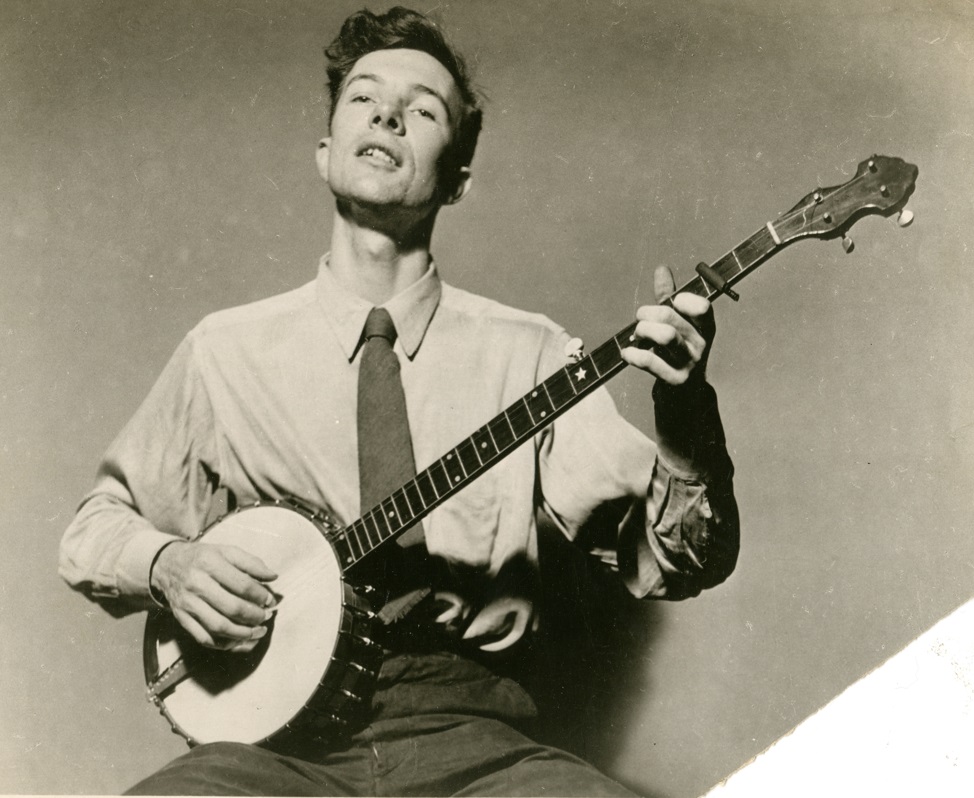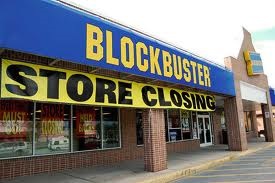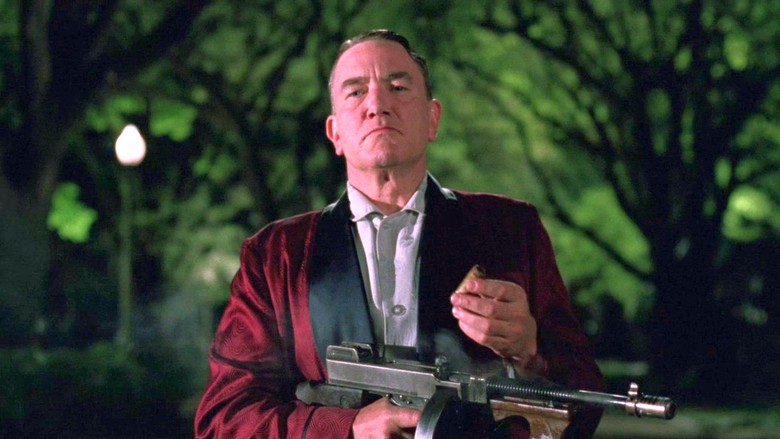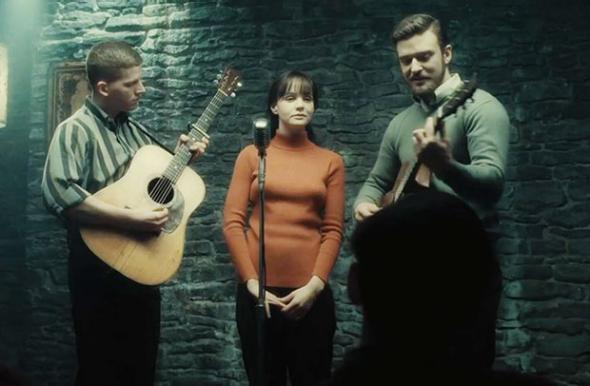“It feels silly to make this point for the umpteenth time, more than half a century after Dylan released his debut album, but here goes. Bob Dylan, history has shown, is a wily and willful character. Arguably the only through line in his career is his tricksterish determination to upset expectations; to thumb his nose at his fans and hagiographers; to épater la bourgeoisie, especially by acting bourgeois.”
New York Magazine music critic Jody Rosen argues Bob Dylan is having a laugh in his new Superbowl Chrysler ad. “Dylan hasn’t recorded a protest song in decades, but make no mistake: The car ad and the yogurt ad, they’re protests.”
“When Clint Eastwood did his Chrysler Super Bowl ad, he was introduced with a silhouette, and there was never any doubt; once Dylan appears the ad does everything short of superimposing a neon arrow labeled ‘Dylan’ and directed at him. At one point, he actually goes into a guitar store, stops, and brings his face close to a rack of books with his name and pictures on their covers.”
Meanwhile, The New Yorker‘s Amy Davidson argues it was a dumb ad anyway. “It’s not even the best car ad Dylan has ever made; he did a better job for Cadillac.” (And for Victoria’s Secret, for that matter.)
Like Rosen, I think this was very much in keeping what Dylan does these days. And like Davidson, I thought the ad could have been better — Even the syncing of Bob’s voice and face seemed off.
My biggest issue, intentional or not, was that the sincerity of Bob’s pitch was completely undercut by the song in the background — “Things Have Changed”. It’s a little late in the day to try and repurpose Dylan’s existential classic, and an obvious riff off the almost snide self-assurance that Good Will Inherently Prevail in “The Times They-Are-A-Changin’,” into an upbeat marketing anthem.
“Only a fool in here would think he’s got anything to prove…You can’t win with a losing hand…All the truth in the world adds up to one big lie.” Theoretically, Bob is telling us to Buy American, Buy Detroit, but all I could hear was the ode to not giving a good-goddamn about a broken world anymore. “Highway 61” or the jaunty “Stuck Inside of Mobile” would’ve made more sense.






